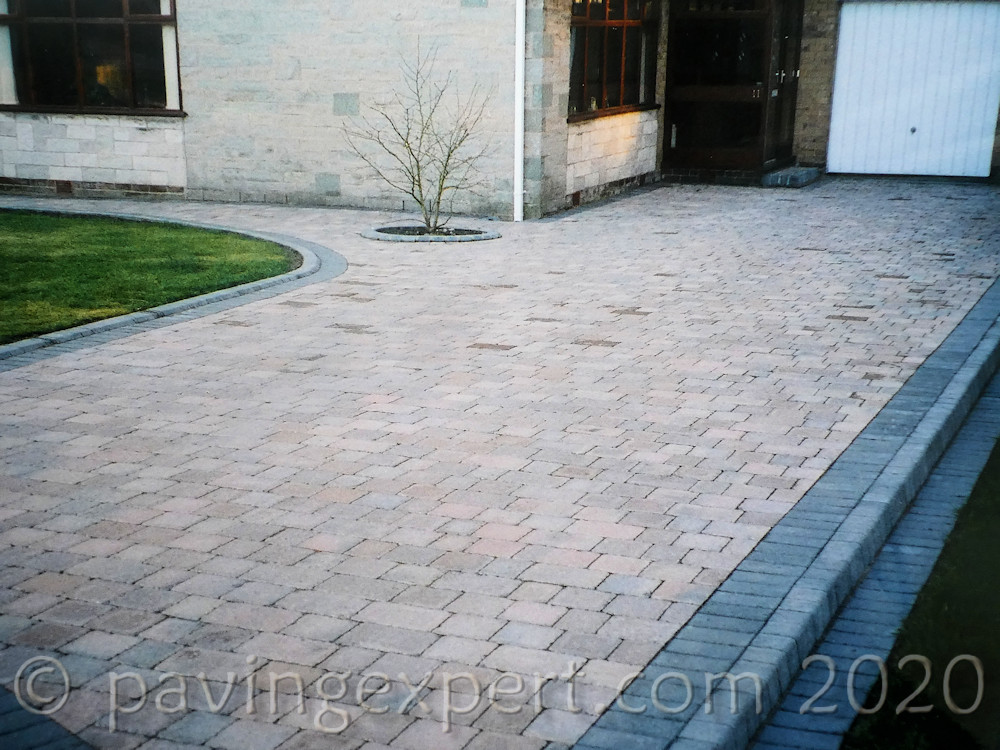Arising from a question raised by Shane Fearon, who generously provided several of the images below:
Every now and again, we see a block pavement, whether it’s a driveway, patio or a commercial project, which features, if that’s the right word, a number of blocks that seem to retain the moisture for far longer than any of the neighbouring blocks. Understandably, some will think this indicates the blocks are in some way faulty, sub-standard or iffy, but that’s not necessarily the case.
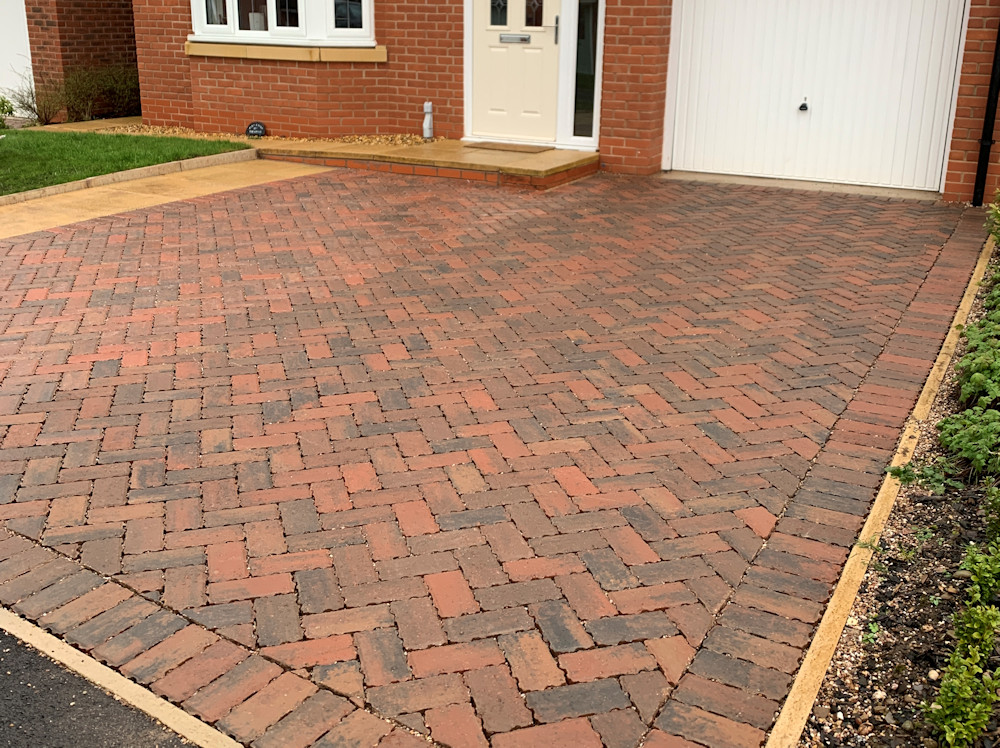
The cause for this visible difference in appearance is most commonly* a variation in the concrete used to make the blocks. For all sorts of reasons, the precise “recipe” used to make the concrete will change over time, mainly due to changes in the aggregates used. Most aggregates are sourced as ‘primary’ aggregates, which means they are quarried or dredged natural stone. There are instances of ‘secondary aggregates, that is, recycled stuff, being used particularly as the ‘coarse’ aggregate component, but it’s still relatively limited.
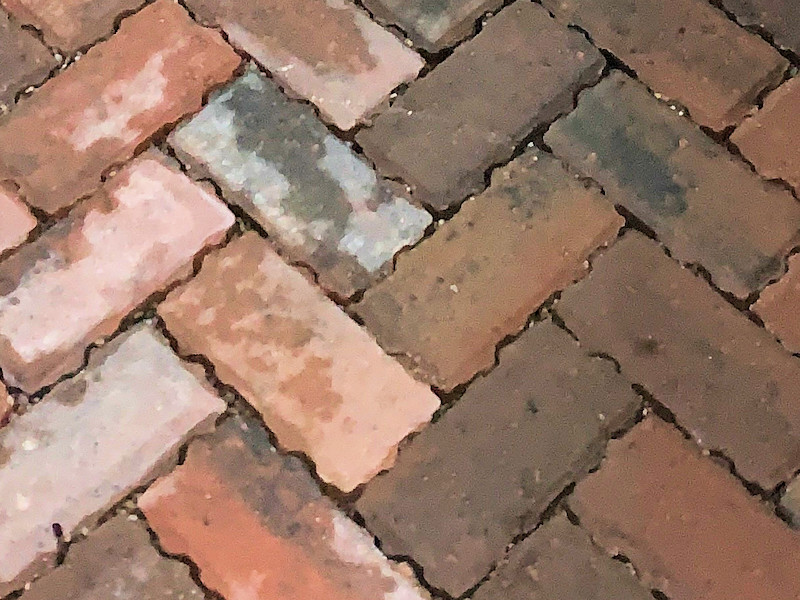
The cause for this visible difference in appearance is most commonly* a variation in the concrete used to make the blocks. For all sorts of reasons, the precise “recipe” used to make the concrete will change over time, mainly due to changes in the aggregates used. Most aggregates are sourced as ‘primary’ aggregates, which means they are quarried or dredged natural stone. There are instances of ‘secondary aggregates, that is, recycled stuff, being used particularly as the ‘coarse’ aggregate component, but it’s still relatively limited.
As a ‘natural’ product, the stone used, whether it’s the chunkier gravel (coarse aggregate) or the essential sand (fine aggregate), can, and does, vary. Rock strata within quarries will vary in the nature of the stone; supply issues can mean different quarries have to be used; differing processing within various quarries can affect the nature of the aggregate produced; and, when it comes to dredged aggregates, the quality and nature of the aggregate will vary depending on just which stretch of the river/lake/sea is being dredged at any particular time.
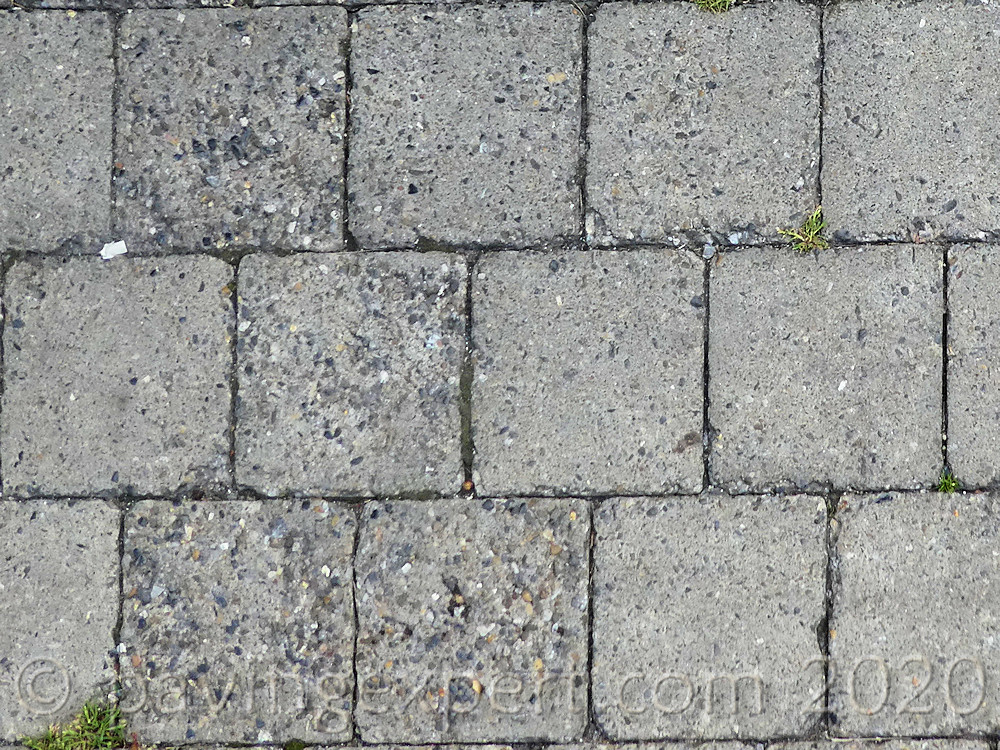
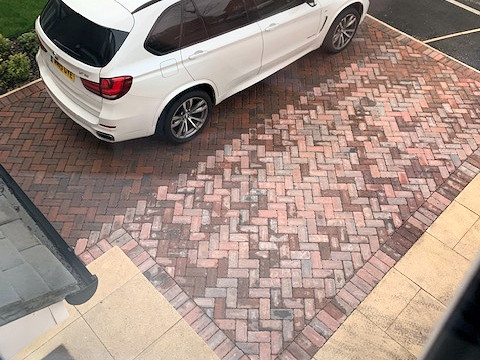
So: there is variation in the aggregates (both coarse and fine) and this will impact the concrete that is produced using those aggregates. The batch plant can tweak the recipe to ensure it meets the essential strength requirements, but one criterion that doesn’t seem to be taken into account – because it doesn’t form a critical part of the BS EN Manufacturing Standard – is the resultant concrete’s ability to absorb or repel surface water.
Consequently, some batches may produce a concrete that retains water for longer than a previous or subsequent batch produced a few days sooner or later.
This explains why some pavements will seem to remain damp-looking for longer than others: a simple variation in the nature of the aggregates used to create the concrete used to make the blocks.
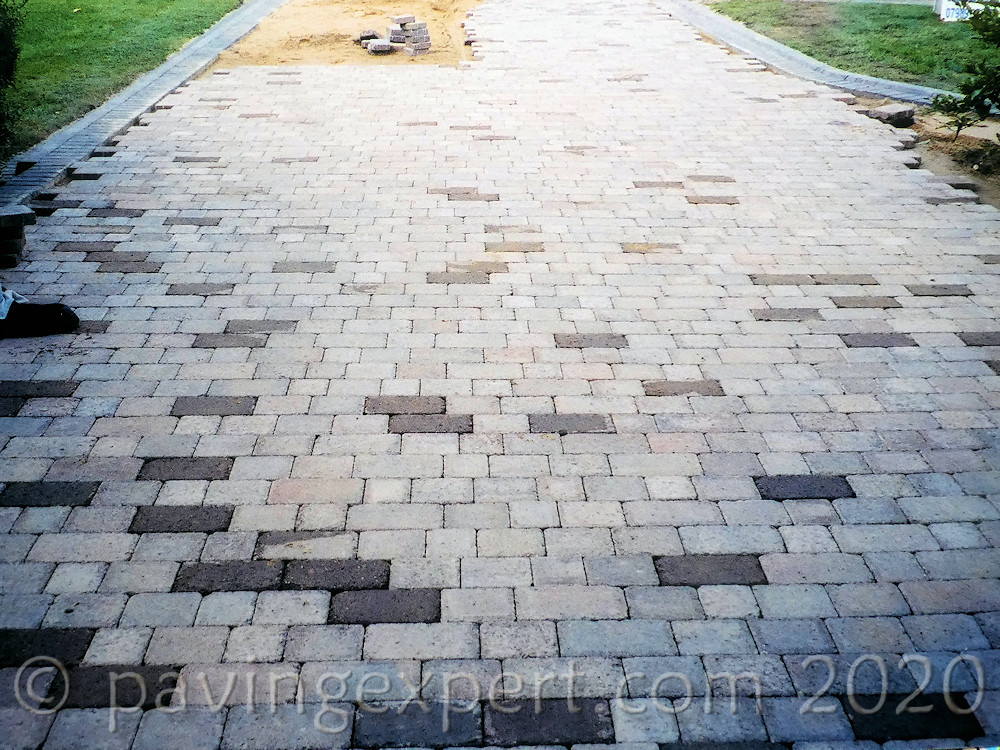
This is not, in any way, a problem that need cause concern. The overwhelming majority of concrete block pavers made in Britain and Ireland not only meet the manufacturing standard, they exceed it by quite some way, and this ‘damp look’ is in no way detrimental to the long-term performance or service life.
Admittedly, it can look a little off-putting, even more so when the driveway comprises a number of different sized blocks and only one size is exhibiting the phenomenon (obviously, block made on a different day with slightly different concrete), but it really isn’t anything to worry about.
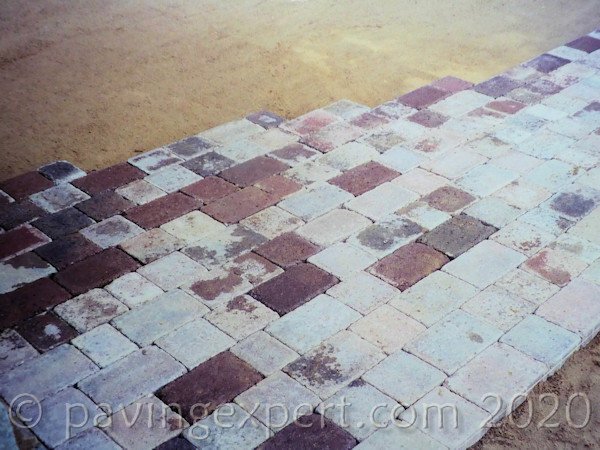
And the good news is that it is an effect that dissipates over time, Little by little, the pores (interstices) within the concrete of the blocks become filled by means of crystal growth within the concrete, or just with fine dust from the environment, and the capacity to hold on to water is reduced. Very often, in 2-3 years, the effect is no longer visible and the whole pavement looks as one.
